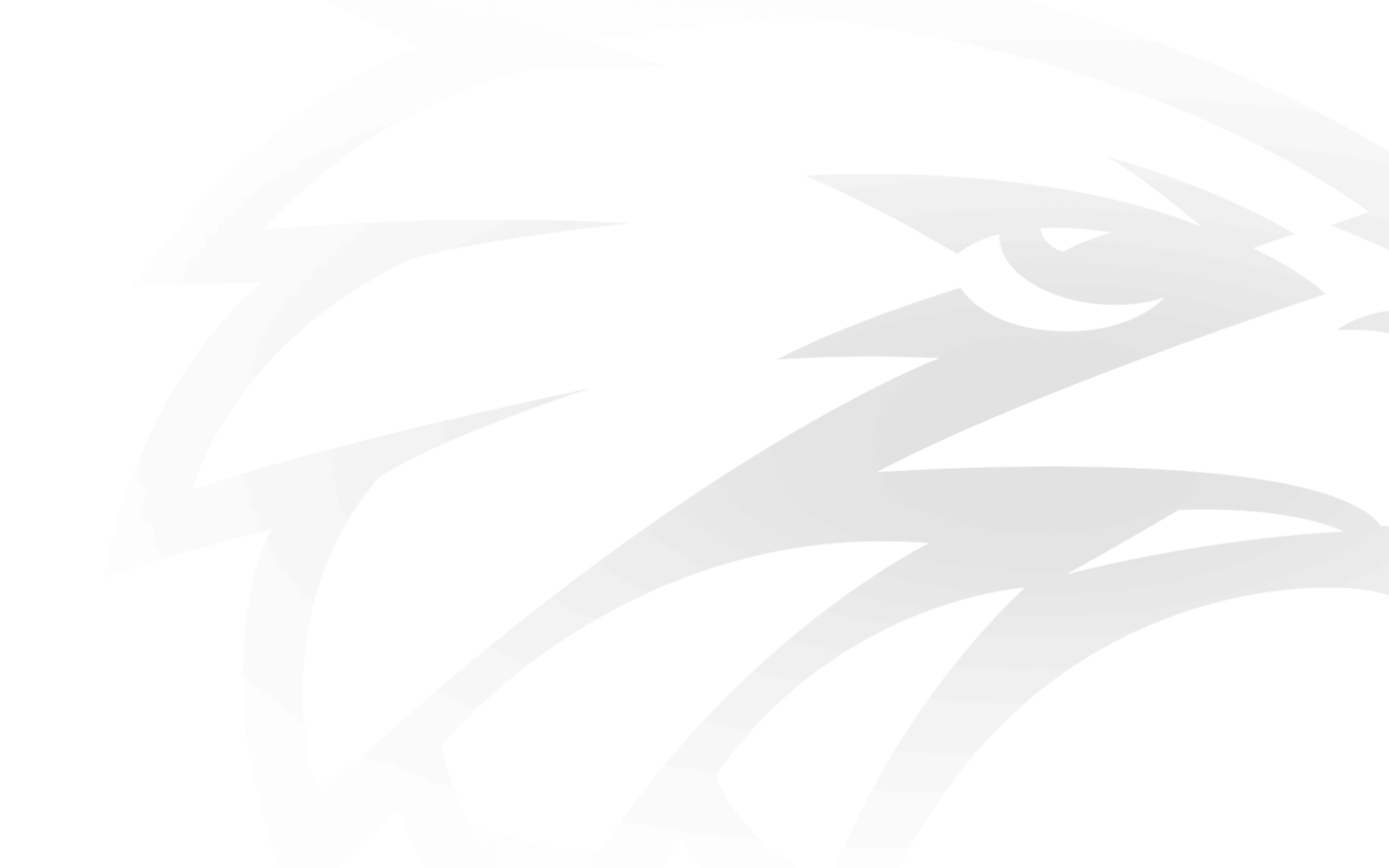Australian football. The best game in the world.
A sport that has been central to my life since those first childhood steps. In every season since I have watched in wonderment at the exploits of those at the top of their game.
My early memories of East Perth, when WAFL was king; my first idol Mal Brown and then others like Gary ‘Flea’ Gillespie, Gary ‘Cowboy’ Bygraves, Ken McAullay, John Burns. They got me hooked on footy and it has flowed through my veins since.
The game has evolved in the ensuing decades, both for better and worse.
In the 70s my heroes balanced work and football. Knocking off late in the afternoon and heading to Perth Oval for training. They still trained hard, played even harder. But they also enjoyed a cold frothie together, without judgment.
Back in the day it was a stern physical bash and crash game. Spoiling the ‘footy with ears’ was a good alternative if a defender could not hit the ball itself. There was still marvellous skill and athleticism, but it could be brutal. Blokes would shrug off bone-jarring collisions and whacks to the head and continue playing.
It was expected.
Thankfully, there is ground-breaking progress being made in the area of player welfare. Scientific research into the impacts of concussion has been pronounced and is on-going as administrators seek to ensure the safety of players into the future.
The modern game is vastly different to the one that piqued my interest more than 50 years ago. Some of it better, some not. To avoid disappearing down a rabbit hole, I’ll desist from lamenting recent rule changes. The stand rule…ahhhh stop!
The advent of a national competition with the admission of the West Coast Eagles and Brisbane Bears into an expanded VFL competition in 1987 was a significant move towards full-time professionalism.
Most players now make a decent living out of the game, albeit in a relatively short and finite period.
Their forefathers could be a little envious of today’s player salaries. Even premiership heroes for the Eagles in the 90s spin out at the numbers. They are not quite so jealous of a spotlight that never fades.
A spotlight so intense it’s intrusive. Boundaries are no longer blurred, in many circumstances they have been completely removed.
Case in point, we reflect on the last week. It started with young Bulldogs forward Jamarra Ugle-Hagan becoming the latest victim of a despicable racist slur from beyond the fence as he played against St Kilda.
Just when we think we have come a long way there is this stark reminder that we have not really advanced that far at all. The majority, if not all, of the First Nations people playing AFL have been subjected to these vile racist jibes.
And if it doesn’t come from the stands, then it will come from cowards on social media, a phenomenon that has risen like a juggernaut in the last decade. It too has some benefit but I can’t help feeling the world was a better place before this obsession took over the planet.
I preferred when everyone could have an opinion, but I didn’t see or hear it.
Jamarra needed a couple of days at home to clear his mind after the vitriol delivered his way last Saturday at Marvel Stadium. If people could just behave with a level of decency this impressive young man would have been able to focus solely on his next match.
That he responded with a five-goal haul against Brisbane on Friday night was remarkable. That he was moved to lift his jumper to show the colour of his skin in similar vein to Nicky Winmar 30 years ago was poignant.
While social media provides everyone with a platform, the scrutiny from traditional media can also be intense. There has been a shift in the way the game is reported and some of it has become very personal.
It seems the media has grown desensitised. That anything and anyone is fair game.
The players are largely young men (and women) playing a game they love. They are sons and daughters, brothers and sisters. They are also people with emotions and feelings. Some of the commentary cuts deep.
Listening to Samo Petrevski-Seton, the small forward who made his way from Halls Creek via Carlton to the West Coast Eagles last year, in a radio interview on Thursday morning was enlightening.
Arguably he played his best game for the club against GWS on Sunday. He had a good pre-season and has carried that form into the season.
Samo spoke of being in a better mental space than he was 12 months ago; that with the support of Indigenous Liaison Officer Chance Bateman and others at the club he untangled a web in his mind and now had clarity. Not just in football, but in life.
He humanised the guy wearing the blue and gold No.10; the young man wearing an outrageous peroxide blonde mop – the work of his young nieces, he revealed.
Samo also said he had shut himself out social media and that was a key pillar in his refreshed outlook.
These young men have a gift that allows them to play elite sport but they have the same vulnerabilities as others in the community.
It would be good for some in our society to have a listen to his chat with Tim Gossage and Scott Cummings which is available on the SEN WA app.


